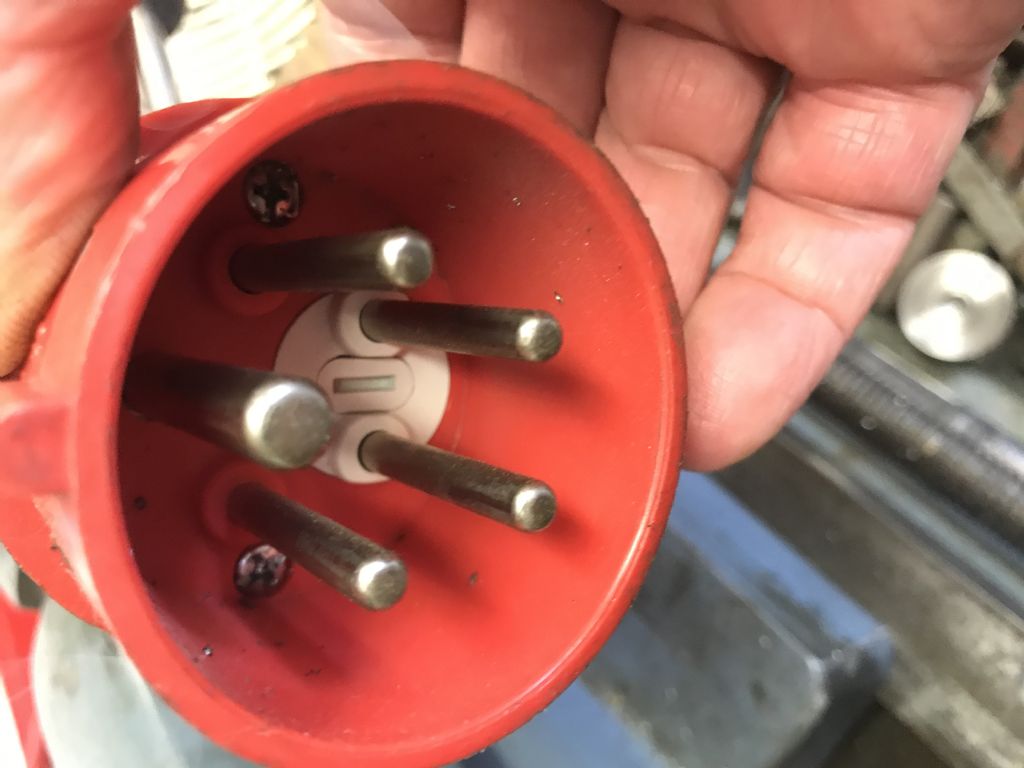Thanks Guys – I'll follow all those suggestions and report back.
Just to reconfirm – I have tried the lathe off the VFD (I use one VFD to power about three machines, all with similar rated motors) the VFD 3 phase output is terminated into a 3 phase 5 pin socket – I disconnect the plug with the remote control for the VFD power to off, swop over plugs and then use the remote low voltage controller to start / stop and speed control accordingly. There is also a jog function for my drill. Both the lathe and drill work as expected off the VFD so I am happy to believe the VFD is not at fault.
In reply to John Haine's second post – yes the initial value shown on the Fluke is 0, or at least a very low number (such as 0.7 ohm) and then ramps up to around 12 Ohms within 2 secs. I've tried the lathe motor resistances by the same method and get even numbers across all pins representing U,V, and W (motor connections) but a slightly different Ohm reading, 15.3 to 15.6 Ohms in the case of the lathe (slightly different power motor but still within the VFD rating). Just a note to add that the 'fat' plug pin is the motor earth, and pin 1 is the shielded cable earth connection connected at the VFD end but not at the motor end, this to ensure no earth loop to fool the RGB in the consumer unit!
The motor off my mates Clarkson is exactly the same type but his runs 440V star (Y) connections and runs OK – I'll change it over to Delta (|> before trying it on my machine.
before trying it on my machine.
Spindle and motor of the Clarkson both turn OK with no notchiness or excessive resistance, as you would expect. When the motor stopped – and after powering down! I checked the motor for any sign of overheating, it was cool to touch as was the spindle head on the grinder.
The Fluke meter response to the Ohm reading (the 'ramping' response) has been described to me by an electronics buff as a normal Fluke meter characteristic when checking a motor due to residual flux.
Thanks all for your responses!
Oily Rag.



 before trying it on my machine.
before trying it on my machine.

